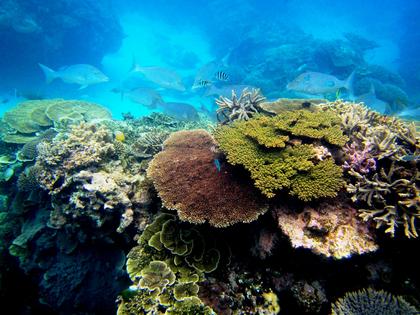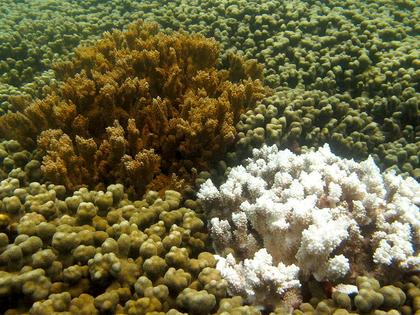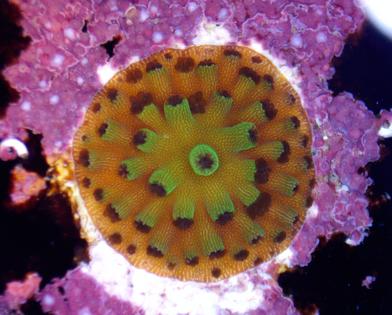As climate change and pollution imperil coral reefs, scientists are deep-freezing corals to repopulate future oceans
Published in Science & Technology News
Coral reefs are some of the oldest, most diverse ecosystems on Earth, and among the most valuable. They nurture 25% of all ocean life, protect coasts from storms and add billions of dollars yearly to the global economy through their influences on fisheries, new pharmaceuticals, tourism and recreation.
Today, the world’s coral reefs are degrading at unprecedented rates due to pollution, overfishing and destructive forestry and mining practices on land. Climate change driven by human activities is warming and acidifying the ocean, producing a reef crisis that could cause most corals to go extinct within a few generations.
I am a marine biologist at the Smithsonian’s National Zoo and Conservation Biology Institute. For 17 years, I have worked with colleagues to create a global science program called the Reef Recovery Initiative that aims to help save coral reefs by using the science of cryopreservation.
This novel approach involves storing and cooling coral sperm and larvae, or germ cells, at very low temperatures and holding them in government biorepositories.
These repositories are an important hedge against extinction for corals. Managed effectively, they can help offset threats to the Earth’s reefs on a global scale. These frozen assets can be used today, 10 years or even 100 years from now to help reseed the oceans and restore living reefs.
Cryopreservation is a process for freezing biological material while maintaining its viability. It involves introducing sugarlike substances, called cryoprotectants, into cells to help prevent lethal ice formation during the freezing phase. If done properly, the cells remain frozen and alive in liquid nitrogen, unchanged, for many years.
Many organisms survive through cold winters in nature by becoming naturally cryopreserved as temperatures in their habitats drop below freezing, Two examples that are common across North America are tardigrades – microscopic animals that live in mosses and lichens – and wood frogs.
Today, coral cryopreservation techniques rely largely on freezing sperm and larvae. Since 2007, I have trained many colleagues in coral cryopreservation and worked with them to successfully preserve coral sperm. Today we have sperm from over 50 species of corals preserved in biorepositories worldwide.
We have used this cryopreserved sperm to produce new coral across the Caribbean via a selective breeding process called assisted gene flow. The goal was to use cryopreserved sperm and interbreed corals that would not necessarily have encountered each other – a type of long-distance matchmaking.
Genetic diversity is maintained by combining as many different parents as possible to produce new sexually produced offspring. Since corals are cemented to the seabed, when population numbers in their area decline, new individuals can be introduced via cryopreservation. The hope is that these new genetic combinations might have an adaptation that will help coral survive changes in future warming oceans.
...continued













Comments